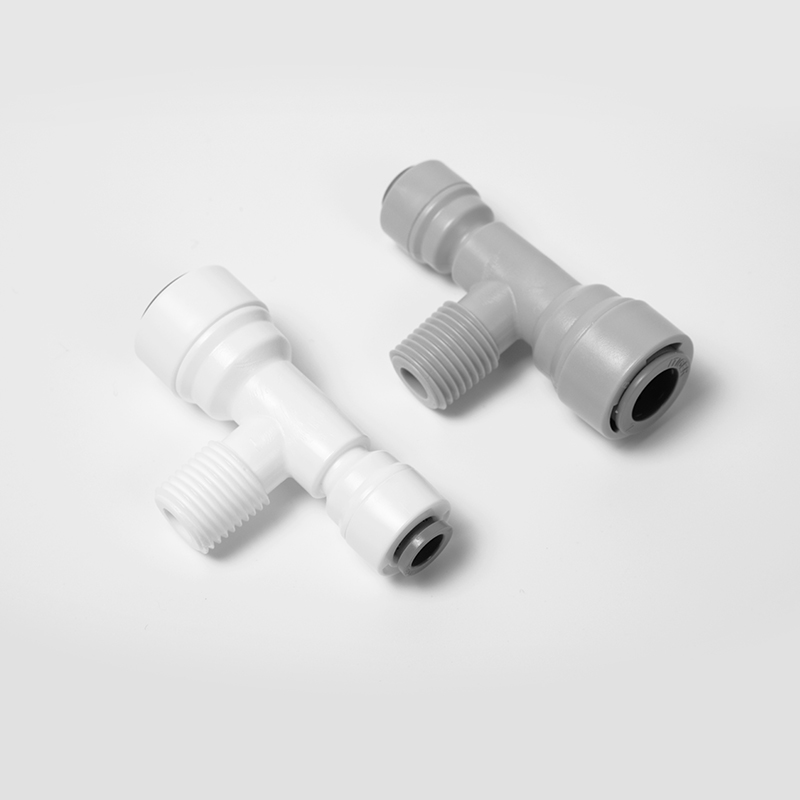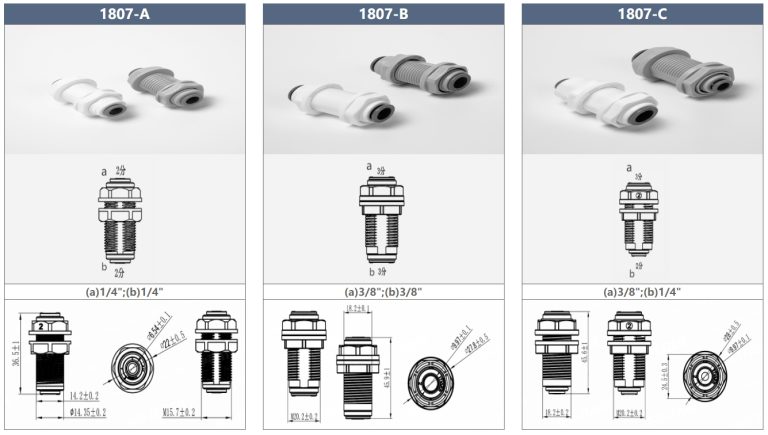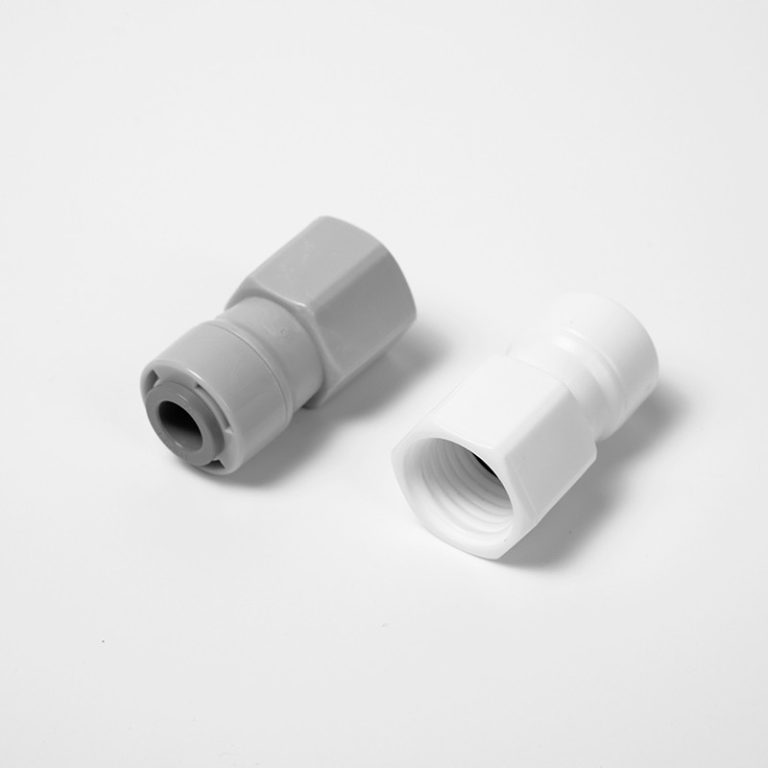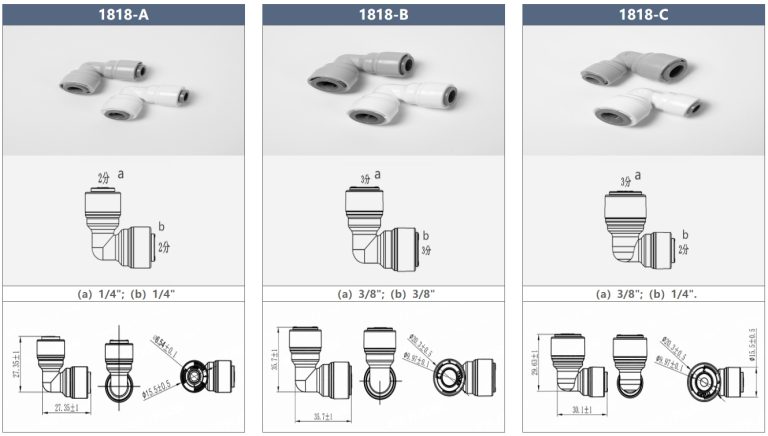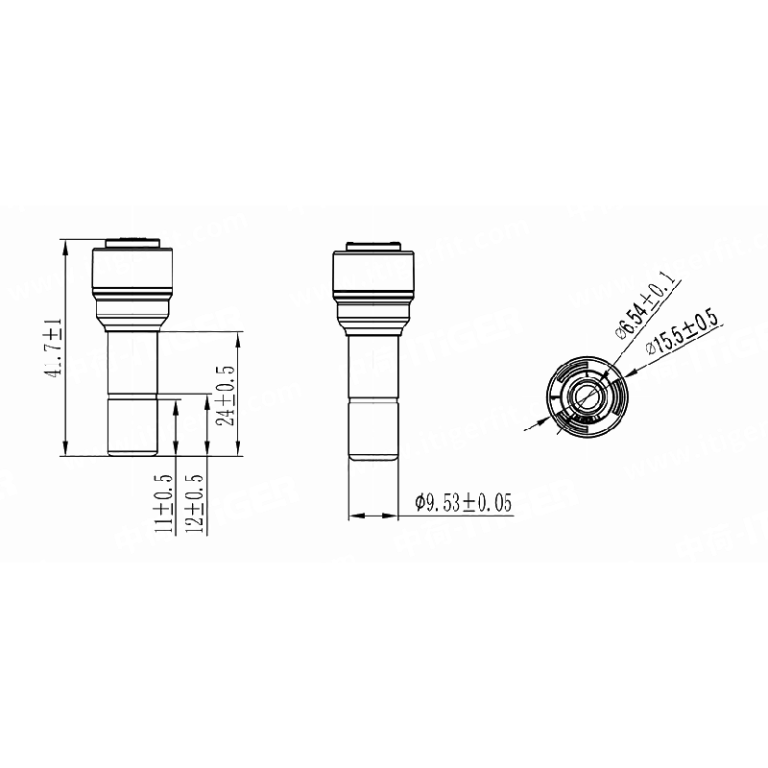Table of Contents
Pros and Cons of Plastic Push Fittings for Plumbing Systems
Plastic push fittings have become increasingly popular in plumbing systems due to their ease of installation and versatility. These fittings are designed to connect pipes without the need for soldering or glue, making them a convenient option for DIY enthusiasts and professional plumbers alike. However, one common question that arises when considering plastic push fittings is how long they will last.
The lifespan of plastic push fittings can vary depending on a variety of factors, including the quality of the fittings, the type of pipes being used, and the conditions in which they are installed. In general, plastic push fittings are designed to last for many years, with some manufacturers offering warranties of up to 25 years. However, it is important to note that the actual lifespan of these fittings can be influenced by a number of factors.
One of the main advantages of plastic push fittings is their resistance to corrosion and rust. Unlike metal fittings, which can deteriorate over time when exposed to moisture and chemicals, plastic push fittings are not susceptible to these issues. This means that they are less likely to develop leaks or other problems that can compromise the integrity of the plumbing system.
Another benefit of plastic push fittings is their flexibility. These fittings can be easily removed and reinstalled, making them a convenient option for making changes or repairs to the plumbing system. This flexibility can also extend the lifespan of the fittings, as they can be easily replaced if they become damaged or worn out.

However, there are also some potential drawbacks to using plastic push fittings in plumbing systems. One of the main concerns is the risk of leaks developing over time. While plastic push fittings are designed to create a tight seal, there is always a possibility that the fittings could fail, especially if they are not installed correctly or if they are exposed to high levels of pressure.
Additionally, some plumbers may be hesitant to use plastic push fittings in certain applications, such as in areas where the fittings will be exposed to high temperatures or harsh chemicals. In these situations, metal fittings may be a more suitable option, as they are generally more durable and resistant to these types of conditions.
In conclusion, plastic push fittings can be a convenient and cost-effective option for connecting pipes in plumbing systems. While these fittings are designed to last for many years, their lifespan can be influenced by a variety of factors. By carefully considering the pros and cons of plastic push fittings, homeowners and plumbers can make an informed decision about whether these fittings are the right choice for their plumbing needs. Ultimately, proper installation and maintenance are key to ensuring that plastic push fittings last as long as possible.
Tips for Extending the Lifespan of Plastic Push Fittings in Plumbing Installations
Plastic push fittings have become a popular choice for plumbing installations due to their ease of use and quick installation process. However, many people wonder about the longevity of these fittings and how long they can be expected to last. While plastic push fittings are generally durable and long-lasting, there are several factors that can affect their lifespan. By following a few simple tips, you can help extend the lifespan of your plastic push fittings and ensure that your plumbing system remains in good working order for years to come.
| Model | Tube(a) | Stem(b) |
|---|---|---|
| 1801-A | 1/4 | 1/4 |
| 1801-C | 1/4 | 3/10 |
One of the most important factors in determining the lifespan of plastic push fittings is the quality of the fittings themselves. It is essential to choose high-quality fittings from reputable manufacturers to ensure that they are durable and able to withstand the rigors of daily use. Cheaper, lower-quality fittings may be more prone to leaks and failures, leading to costly repairs and replacements down the line.
Proper installation is also crucial in ensuring the longevity of plastic push fittings. It is essential to follow the manufacturer’s instructions carefully and ensure that the fittings are installed correctly. Improper installation can lead to leaks, cracks, and other issues that can shorten the lifespan of the fittings. If you are unsure about how to install plastic push fittings properly, it is best to consult a professional plumber to ensure that the job is done correctly.
| Model | Tube(a) | Stem(b) |
|---|---|---|
| 1801-A | 1/4 | 1/4 |
| 1801-C | 1/4 | 3/22 |
Regular maintenance is another key factor in extending the lifespan of plastic push fittings. Inspecting your plumbing system regularly for any signs of leaks, cracks, or other issues can help you catch problems early and prevent them from escalating. If you notice any issues with your fittings, it is essential to address them promptly to prevent further damage and ensure the longevity of your plumbing system.
In addition to regular maintenance, there are several other tips you can follow to extend the lifespan of plastic push fittings. Avoid using harsh chemicals or abrasive cleaners on your plumbing system, as these can damage the fittings and shorten their lifespan. Instead, use gentle, non-abrasive cleaners to keep your fittings clean and in good condition.
Proper insulation is also essential in ensuring the longevity of plastic push fittings. Exposed pipes and fittings are more prone to damage from freezing temperatures, which can cause cracks and leaks. Insulating your pipes and fittings can help protect them from extreme temperatures and prevent costly damage.
Finally, it is essential to be mindful of the water pressure in your plumbing system. High water pressure can put undue stress on your fittings, leading to leaks and failures. Installing a pressure regulator can help ensure that your water pressure remains at a safe level and prevent damage to your fittings.
In conclusion, plastic push fittings can be a durable and long-lasting option for plumbing installations when properly installed and maintained. By choosing high-quality fittings, following proper installation procedures, conducting regular maintenance, avoiding harsh chemicals, insulating your pipes, and monitoring water pressure, you can help extend the lifespan of your plastic push fittings and ensure that your plumbing system remains in good working order for years to come.
